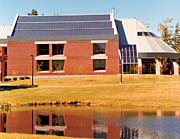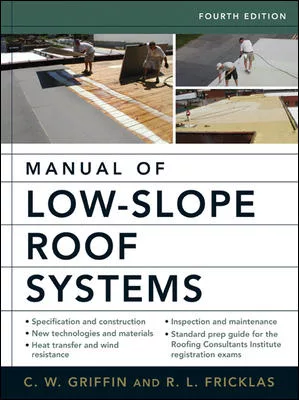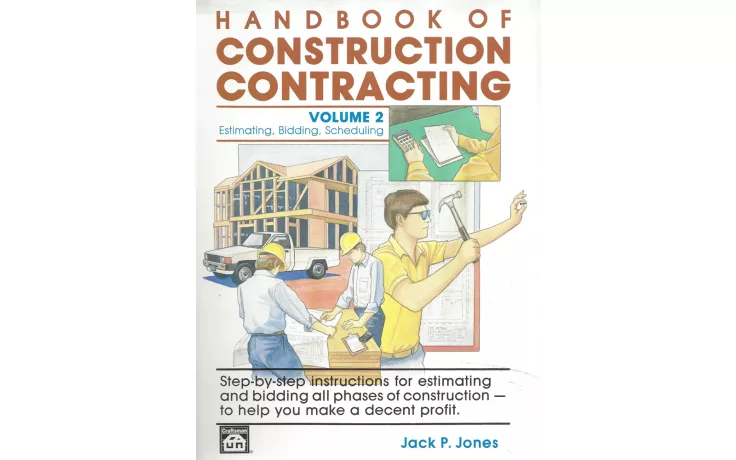Solar Roofing Comes of Age

If it is a good idea for residential buildings, why can't it work for commercial buildings? Answer: It can and it does. Today, there is an ever-growing list of large, commercial buildings-from retail stores to warehouses to high-rises-that have had their unused roof space transformed into a photovoltaic power system that turns sunlight into the electricity that powers their business. The trend has spread beyond California to nearly every state in the Union. Some states such as New Jersey and New York have recognized the value of solar electric power and have implemented incentive programs of their own to encourage businesses to turn their roofs into distributed power generating facilities.
One by one, the states are passing legislation that supports alternate energy systems through basic, net-metering provisions that direct utilities to credit power users who install their own power-generating systems, to programs that pay for 50 percent or more of the installed cost of the system. These factors, plus state and federal tax incentives, make a commercial photovoltaic power system not just an investment in the future, but also an immediate positive impact on the "bottom line." When the paradigm of "roof = investment" changes to "roof = a double-digit return on investment," the business world takes notice.
This is making commercial building owners and operators across the country look for roof systems that not only keep the rain out, but produce electricity as well. The roofing industry has listened and the more innovative roofing contractors and roofing manufacturers have discovered the "everybody wins" value of photovoltaic roof systems.
Over the past few years there has been an evolution of sorts that has been driven by the need to find the most cost effective, aesthetically pleasing, lightweight, durable and highest performing, building-integrated photovoltaic (BIPV) roof systems-all this to be accomplished without a negative impact on the roof integrity or building structure.
The solar panels made of silicon wafers sandwiched between two layers of glass were certainly not designed with large-scale BIPV systems in mind. Historically, these panels were used primarily for remote telecommunications applications and for ground-mounted systems used to power residences outside the range of utility power. Gradually, they have been adopted into systems that can be attached to some types of roofing using metal brackets and bracing. There are even low-slope, flat roof systems that use interlocking, extruded foam blocks as support structure for the glass-based panels. However, not all roof structures are designed to handle the additional weight (roof load) or accept the limited access that a glass "roof cover" presents.
The more "roofing-like" approach to BIPV is the application of what is referred to as thin-film amorphous silicon photovoltaic panels. This ultra-thin technology is currently allowing at least one manufacturer to produce a lightweight, flexible, durable, photovoltaic panel that comes in a roll (like roofing material). Now it is possible to adhere the photovoltaic panels directly to the roof surface, thereby eliminating the need for any brackets or roof penetrations.
Although this technology is relatively new when compared to the crystalline silicon technology that dates back to the 1950s, it has been around since the ‘70s and has been in mass production since the ‘80s. Those who might fear that these solar panels are unproven in the field can relax. The National Renewable Energy Lab has been testing the same panels for over 10 years and has documented the superior performance and longevity of this technology.
United Solar Ovonic LLC (Uni-Solar) now has the largest roll-to-roll manufacturing plant in the world, located in Auburn Hills, Mich. This plant can produce nine miles of 14-inch-wide photovoltaic "ribbon" every 72 hours. This "thin-film" photovoltaic material, deposited on a 5-mil-thick stainless steel substrate, is assembled into roofing-compatible laminates of various lengths and capacities, the largest of which is 18 feet long and produces 136 watts of electrical power per panel. With the addition of a versatile "peel-and-stick" adhesive, these panels can be adhered directly to metal roofing, single-ply membrane roofing, and even modified bitumen roofing.
Architects get excited at the prospect of designing solar roofs without having to deal with the glass-based solar panels and their associated drawbacks. Standing-seam metal roofs can be designed that make the thin-film solar panels virtually invisible. Roofs have been created where the photovoltaic laminates actually enhance the aesthetics of the architectural roofing. Uni-Solar has even produced an extremely durable shingle-roofing product for residential applications that is applied in a similar fashion as common asphalt shingles.
Metal roofing provides the best "platform" for BIPV. The 16-inch (or wider) flat-pan, standing seam metal roofing is what the Uni-Solar, lightweight, flexible, laminates were designed for. Although south-facing, sloped roofs provide the best year-round performance, Uni-Solar's technology is not as affected by the direction of the light energy as the panels made from silicon wafers. This makes the application on low-slope metal roofing almost as effective as with the steeper slope roofs. "Real-world" performance data has shown that there are only single-digit percentage differences between the lower- and steeper-sloped mounting angles for this type of solar technology.
With new metal roofing applications, state incentive programs usually allow for the metal roofing to be considered the support structure for the solar panels and as such, eligible for the "buy-down." This means that the installed cost of the metal roofing is considered part of the installed cost of the BIPV system. In these cases, the roofing material itself is truly an integral part of the photovoltaic power system. This certainly helps to make metal roofing the material of choice, and gives the building owner an aesthetically pleasing roof with the longest lifecycle to support the 25- to 40-year life expectancy of the photovoltaic power system. This makes for the best "roof = investment" formula with the best return on investment for the building owner.
Looking for a reprint of this article?
From high-res PDFs to custom plaques, order your copy today!






